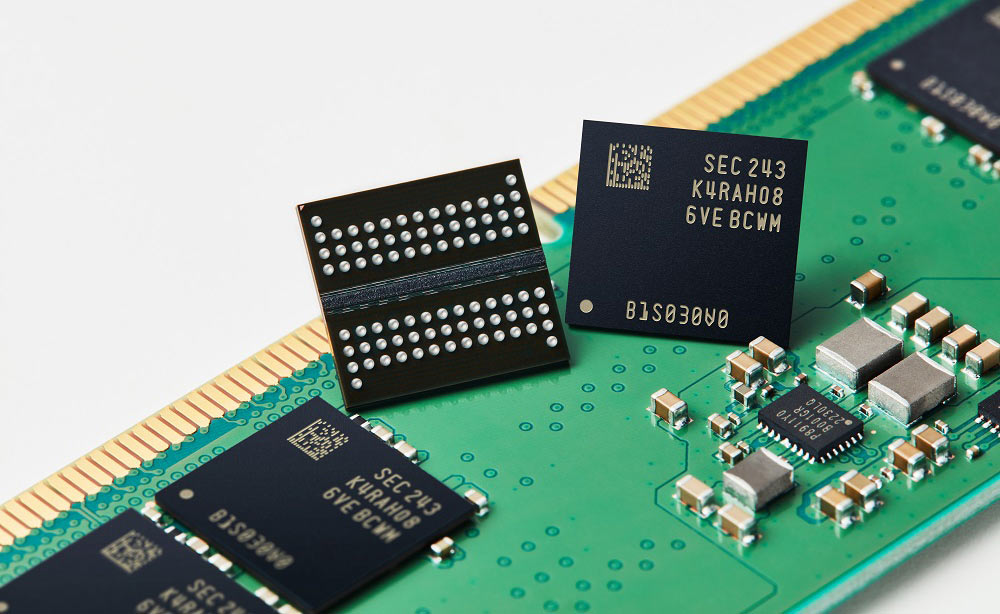
Leading DRAM makers — Micron, Samsung, and SK hynix — may cease production of DDR3 and DDR4 memory by the end of the year. The decision is due to low prices caused by dumping (by Chinese makers) and declining demand, reports DigiTimes. This may potentially cause shortages of DDR4 memory that is still used in entry-level PCs and consumer electronics.
Chinese DRAM manufacturers Changxin Memory Technology (CXMT) and Fujian Jinhua have been ramping up production of DDR4 while aggressively lowering prices. Late last year their DDR4 chips were priced at half the cost of similar products from South Korean competitors. In some cases, Chinese DDR4 memory ICs were even 5% cheaper than refurbished chips. As a result, leading DRAM producers may no longer earn profit by selling DDR4, which is why they may have to phase out this type of memory while focusing on more profitable DDR5 (well, until Chinese companies start to produce it in volumes and dump on the global market) and HBM.
However, there is a catch, as demand for DDR4 is quite strong, and Chinese makers may not meet it. Thus, as soon as Micron, Samsung, and SK hynix cease to make DDR3 and DDR4 memory for the spot market, DDR4 supply constraints could emerge after mid-2025, according to DigiTimes analysts.
Taiwanese producers may step in to bridge the gap, but both Nanya Technology and Winbond Electronics only produce specialized types of DRAM, which means relatively low volumes and high prices. Yet, some industrial customers are unlikely to adopt China-made DRAMs and are more likely to adopt specialized memory from Nanya and Winbond instead.
Nanya Technology predicts the market will reach its lowest point in early 2025, followed by a recovery in the second quarter. This rebound will be fueled by stronger demand, better stock management, and economic stimulus. AI-related cloud computing is expected to remain a major driver, while general consumer demand is projected to see only a slight improvement.
Winbond Electronics, facing weakening demand for older DDR versions, is moving to a more advanced 16nm process in late 2025. This upgrade from 20nm will allow the company to produce higher-capacity 8Gb DDR chips.







